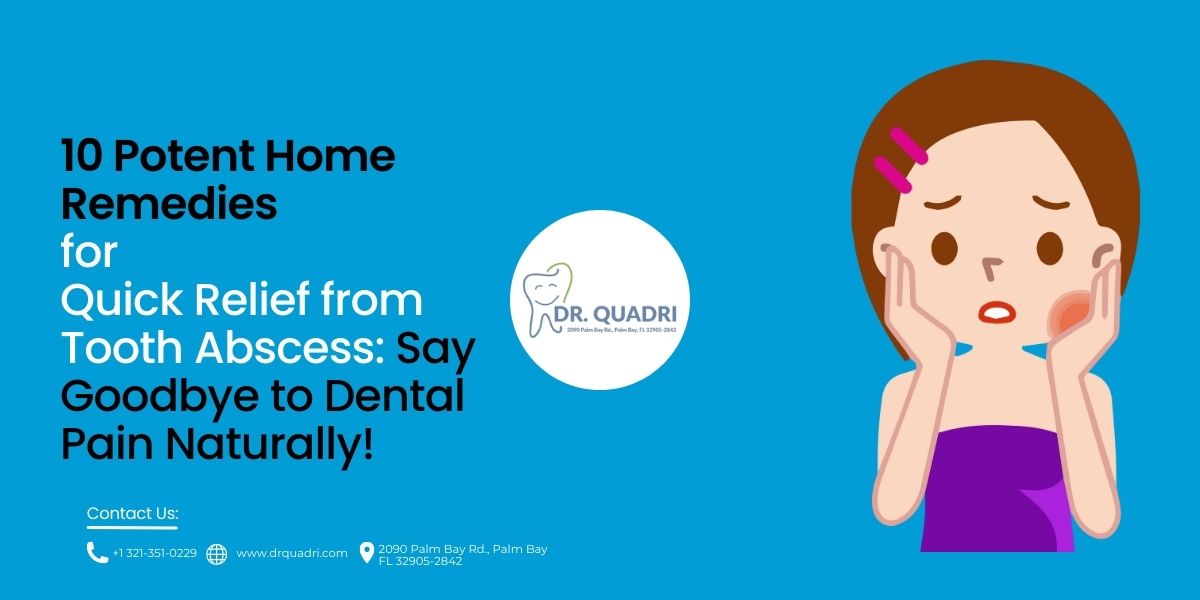Root Canal And Tooth Extraction

When it comes to dental health, there are few procedures as widely feared as root canals and tooth extractions. While these procedures can seem daunting, they are often necessary to alleviate pain, prevent infection, and maintain overall oral health. In this article, we will delve into the world of root canals and tooth extractions, exploring what they entail, the differences between them, and how to care for your teeth after undergoing these procedures.
Understanding Root Canals
A root canal is a dental procedure designed to remove infected or damaged pulp from a tooth. The pulp, located in the tooth’s root canal, is comprised of blood vessels, nerves, and connective tissue. When the pulp becomes infected or damaged, it can cause significant pain and lead to further complications, such as abscesses or cysts. During a root canal, the dentist or endodontist will:
- Administer anesthesia: To numb the area and ensure comfort during the procedure.
- Access the pulp: By creating a small opening in the tooth.
- Remove infected pulp: Using specialized instruments to clean and shape the root canal.
- Fill and seal the canal: With a material called gutta-percha to prevent further infection.
It's essential to note that root canals have a high success rate, with many teeth lasting for years after the procedure. However, in some cases, a root canal may not be enough to save the tooth, and extraction may be necessary.
Understanding Tooth Extraction
Tooth extraction, also known as exodontia, is the removal of a tooth from the mouth. This procedure can be necessary for a variety of reasons, including:
- Severe tooth decay: When a tooth is too damaged to be saved.
- Gum disease: When the gums and bone supporting the tooth are severely damaged.
- Tooth crowding: When there is not enough space in the mouth for all the teeth.
- Impacted teeth: When a tooth is stuck in the gum or bone and cannot erupt properly.
The tooth extraction process typically involves:
- Administering anesthesia: To numb the area and ensure comfort.
- Loosening the tooth: Using a tool called an elevator to rock the tooth back and forth.
- Removing the tooth: By gently pulling it out of the socket.
Post-Extraction Care
- Bite on a gauze pad for 30 minutes to an hour to stop bleeding.
- Avoid rinsing or spitting for 24 hours.
- Stick to a soft food diet for a few days.
- Avoid smoking or using a straw for at least 24 hours.
Key Differences Between Root Canals and Tooth Extractions
While both procedures are used to address dental health issues, there are significant differences between root canals and tooth extractions:
- Purpose: A root canal aims to save the tooth, while a tooth extraction involves removing the tooth.
- Pain level: Both procedures can be painful, but tooth extractions are often more uncomfortable due to the removal of the tooth.
- Recovery time: Root canals typically require less recovery time than tooth extractions.
- Cost: Tooth extractions are often less expensive than root canals, especially if the extraction is simple.
Pros and Cons of Root Canals vs. Tooth Extractions
| Procedure | Pros | Cons |
|---|---|---|
| Root Canal | Potentially saves the tooth, less recovery time | Can be expensive, may not always be successful |
| Tooth Extraction | Often less expensive, can be a quicker procedure | Removes the tooth, can be more painful |

FAQ Section
What are the risks associated with root canals?
+While rare, potential risks include infection, abscesses, and nerve damage. It's essential to follow post-procedure instructions carefully to minimize these risks.
How long does it take to recover from a tooth extraction?
+Recovery time can vary depending on the complexity of the extraction, but most people can return to their normal activities within a few days. It's crucial to follow the dentist's instructions for post-extraction care to ensure a smooth recovery.
Can I eat normally after a root canal or tooth extraction?
+After a root canal, it's recommended to avoid chewing or biting on the treated tooth until it's fully restored. After a tooth extraction, it's best to stick to a soft food diet for a few days to allow the socket to heal. Avoiding hot, spicy, or sharp foods can help prevent discomfort and complications.
In conclusion, while root canals and tooth extractions may seem intimidating, they are essential procedures for maintaining oral health. By understanding the differences between these procedures and following proper care instructions, individuals can minimize discomfort and ensure the best possible outcomes for their dental health. Whether you’re facing a root canal or tooth extraction, it’s essential to consult with a qualified dentist or endodontist to determine the most appropriate course of treatment for your unique situation.

